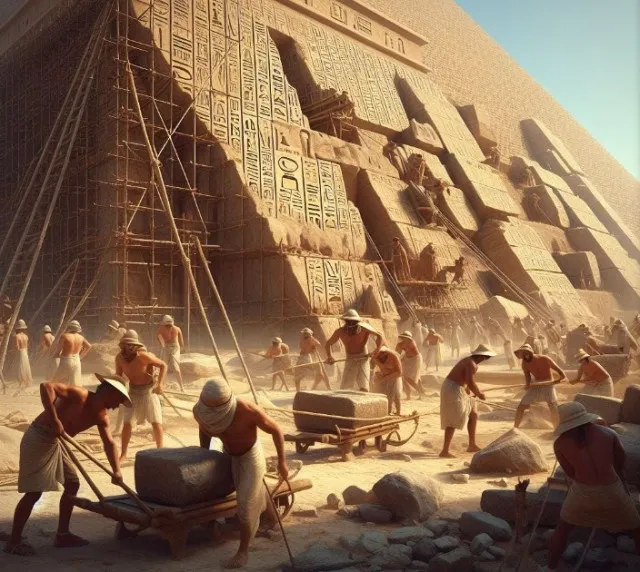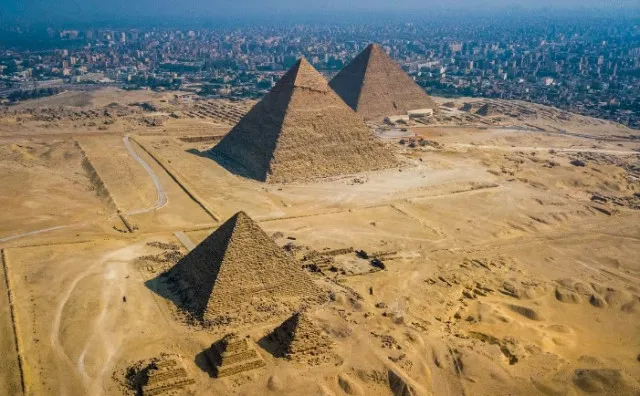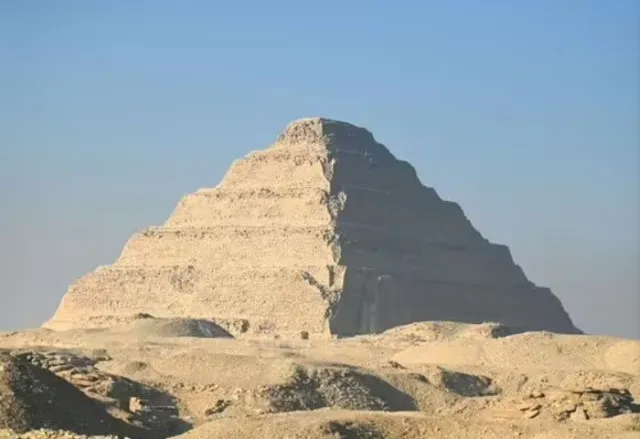Archaeologists have uncovered how ancient Egyptians built the Pyramids after extensive research, revealing their construction techniques.
Archaeologists have made an exciting discovery about how the ancient Egyptians built the pyramids.
For many years, researchers have pondered how the ancient Egyptians constructed these massive structures.
Recent studies indicate that they used a hydraulic lift to assist in moving heavy stones into position

“We identified that the Step Pyramid’s internal architecture is consistent with a hydraulic elevation mechanism never reported before,” the study said.
The study focused on the Step Pyramid of Djoser, which was built around 4,700 years ago.
This pyramid is located in Saqqara and is one of the oldest pyramids in Egypt.
The builders constructed the first pyramid, marking a significant achievement for its time.

Researchers published their findings in a scientific journal called PLOS One.
They found that the internal design of the Step Pyramid supports the idea of a hydraulic elevation device.
This device used water to lift stones from the ground to higher levels, similar to how a volcano erupts.
The study revealed that water was sourced from a nearby dam. This water then powered the hydraulic lift, allowing workers to raise heavy stones.

The stones used in the Step Pyramid were enormous, with some weighing over 600 pounds.
The use of this hydraulic system would have made it much easier to move these heavy materials.
Dr. Xavier Landreau, the lead author of the study, noted that ramps and human strength were crucial for building smaller structures.
However, constructing larger pyramids required the use of different methods.
This discovery opens up new possibilities for understanding how the ancient Egyptians managed such incredible feats.

The researchers also looked at a nearby area called Gisr el-Mudir.
The researchers found features that resembled a check dam. They likely designed this dam to trap both water and sediment.
This discovery demonstrates the ancient Egyptians’ skill in managing water resources, which was crucial for their construction techniques.
Another important feature around the Step Pyramids is a large channel known as the Dry Moat.
The moat would have contained water from a nearby lake, supplying the necessary water for the hydraulic lift.
Researchers propose that this system didn’t always have water; instead, it relied on flash floods to provide the needed supply during construction.

The ancient Egyptians demonstrated advanced knowledge of hydraulics, which greatly assisted their building efforts.
They used canals for irrigation and to transport large stones for building.
This new research shows that they also applied their hydraulic knowledge to build the massive pyramids.
The Step Pyramid of Djoser stood about 204 feet tall, making it the tallest structure of its time.
Building such a monumental pyramid required innovation and teamwork.
The organization and skill of the workers were crucial for the construction process.